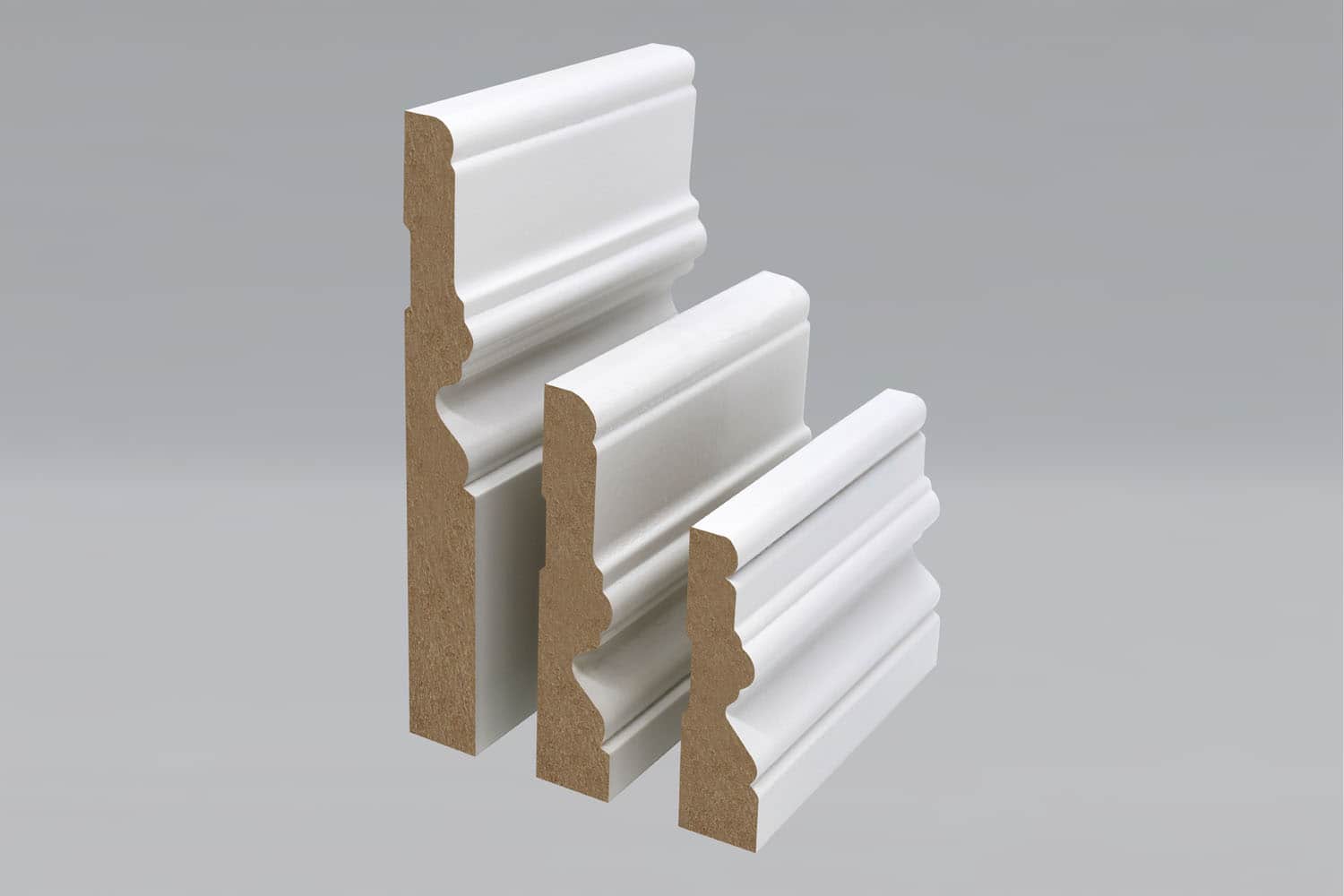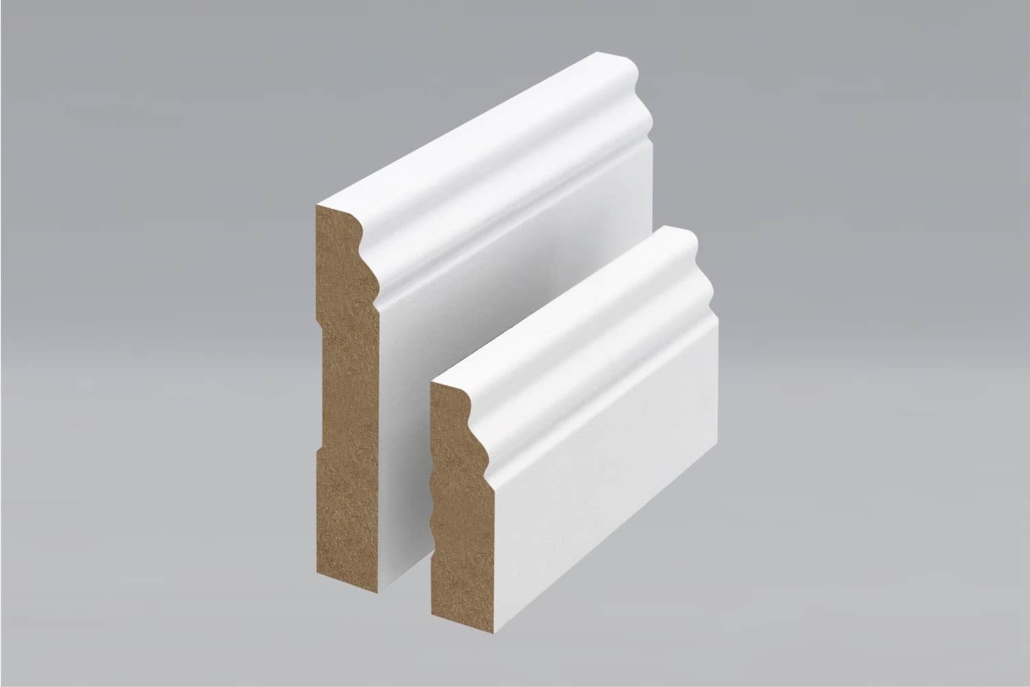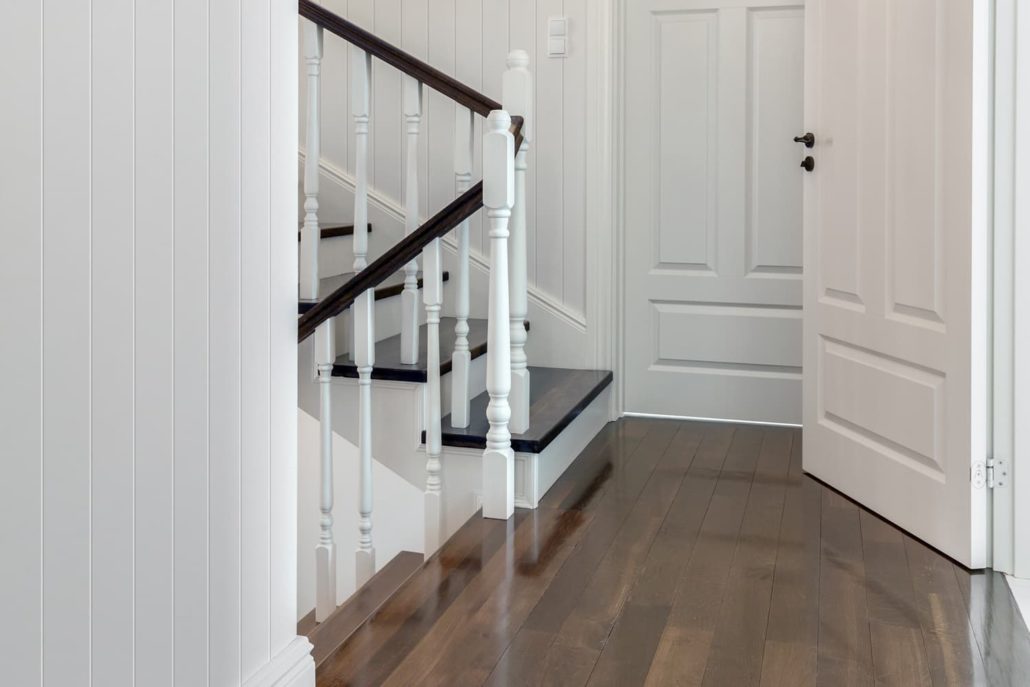The Evolution of Skirting Boards: From Classic to Contemporary
Skirting boards, the most basic of features in our homes, have come a long way from their original purpose. Once just a practical solution to stop walls from getting scuffed and dirty, these mouldings have become a design feature that can make or break the aesthetic appeal of a room. From the ornate details of the olden days to the sleek, new designs of today, skirting boards have moved with the times.
Here, we look at how skirting boards have changed and how today’s designs work with classic and modern interiors.
Timeline of Skirting Board Styles
Let’s explore how skirting boards have transformed, reflecting changes in architecture, fashion, and design preferences.
Early Origins (Pre-17th Century): Focus on Function
Before they became the design features we know today, skirting boards were just functional. Their job was to cover and protect the joint where the wall met the floor.
Early designs were very basic—plain, flat boards with no frills. You can see them in ancient Roman and Greek architecture. They were practical features, often made of stone or timber, designed more for practicality than aesthetics.
Georgian Era (1714-1837): Rise of Elegance
In the Georgian era, elegance became the focus of design, especially in Great Britain and its colonies, so skirting boards started to get some attention. Shorter skirting boards got taller and more curved and ornate.
Symmetry was also key. Many skirting boards were designed to match the clean lines of Georgian interior design, matching and mirroring the door frames and window casings. This was the start of the transition from functional to decorative.
Victorian Era (1837-1901): Ornate and Elaborate
The Victorian era was the “Skirting Board Golden Age”. This was when skirting boards, along with dado rails and picture rails, became a feature in homes across Britain, Europe, and North America. Skirting boards went up to a third of the wall height, sometimes even to higher ceilings, making them more prominent and noticeable.
In Victorian times, designs were more elaborate than ever—intricate mouldings, carvings, and decorative details on skirting boards, picture rails, dado rails, and more—anything that matched the fussy style of the time. Dark paint was used to contrast with lighter wall colours to make them pop.
20th Century: Shift to Simplicity
The 20th century saw a shift towards simplicity in skirting board design, moving away from the ornate detailing of previous eras.
Art Deco (1920s-1930s)
Originating in France, Art Deco was inspired by Egyptian motifs and Cubist art—showing bold, geometric designs with a bit of glamour. Skirting boards from this period had sleek, symmetrical lines and decorative patterns.
Mid-Century Modern (1940s-1960s)
As the world moved into the mid-20th century, functionality was back in focus. Mid-Century Modern emerged in Europe and the US, with clean lines, minimal features, and practicality. Homes during this time also saw lower ceilings and smaller skirting, which complemented the simpler, more compact designs. Skirting boards during this time were much simpler, with straight edges and less decoration to match the stripped-back minimalist designs of the time.
Contemporary Styles (Late 20th Century – Present): Variety & Innovation
Today skirting boards are about innovation as much as tradition. In the late 20th century and into the present day, we’ve seen a global trend towards variety and different materials to match architectural styles.
- Diverse & Experimental: Skirting boards are a blank canvas for creativity, influenced by global trends. From sleek and minimal to bold and artistic, there’s no limit to the designs to suit every taste.
- Materials: Wood or timber skirting boards were still popular but MDF (Medium Density Fibreboard), PVC (Polyvinyl Chloride), and even metal have opened up new possibilities for durability, low maintenance and style.
- Special Finishes: Skirting boards now come with all sorts of treatments—painted, stained or textured finishes and metallic accents.
- Matching the Decor: No longer just a functional detail, skirting boards are now a design feature. They’re used to complement and add to the room’s aesthetic and tie the whole look together.
Embrace the Evolution of Skirting Boards
From functional wall protectors to decorative statement pieces, skirting boards have come a long way. As they evolved through history so did the design, materials, and purpose of these features, as architecture and design trends changed. Today skirting boards protect and enhance the beauty of a room, with options to suit both classic and modern styles.
Bring Your Walls to Life
Whether you’re restoring a classic look or embracing modern simplicity, the right skirting board can transform your space. At Colonial Wall Linings, we offer a wide range of skirting boards to suit any style. Contact us today to find the perfect fit for your traditional or modern home.





